Instead of the HomePod solely being controllable by taps on the top touch area, Apple is working on touch-sensitive fabric to allow users to control the speaker anywhere.
Apple's current HomePod is most often controlled via Siri, but it comes with a touch-sensitive display that allows for basic play/pause, and volume controls. A new patent suggests that this will be added to, or conceivably replaced, by touch controls built into the fabric sides of the speaker.
"Fabric-Covered Electronic Device with Touch Sensor," US Patent No 20200073511, details how it could be possible to register a user's touch on any device that includes fabric. Potentially this could even be used for products such as a smart battery cover for an iPhone.
The patent attempts to include every possible application of touch-embodied fabrics, ranging from "a laptop computer," and "a wristwatch device," to "a pendant... [or] a device embebdded in eyeglasses," and so on. However, the specifics of the patent continually refer to audio speakers.
"Electronic devices such as audio devices may include fabric," explains Apple's patent application. "As an example, the housing of a speaker may be covered with a layer of fabric. Openings may be provided in the fabric to allow sound to be emitted from within the device."
However, the patent is about more than how many holes there must be in the fabric to allow sound to be played. It's also about usability.
"It may be challenging to enhance the functionality of a speaker," continues the patent. "For example, it may be difficult to integrate input and output devices into a speaker with a fabric layer. If care is not taken, the user may find it cumbersome to provide input to and receive output from the speaker."
The aim appears to be that a HomePod user will be able to touch any side of the speaker to perform at least basic volume control. This could be more convenient than having to reach the top of the speaker, for instance if the user has positioned the HomePod atop shelves.
Apple's system could utilize "conductive strands in the layer of fabric," or have a touch-sensitive substrate underneath the fabric. In either method, audio playback controls may be shown on the side of the speaker either though areas lit from within, or from markings on the fabric.
"Light-emitting components and/or fabric with different visual characteristics may be used to mark where the touch-sensitive regions of the fabric are located," says the patent. "The touch-sensitive regions may be shaped as media control symbols."
The patent is credited to five inventors, namely Zhengyu Li, Elvis M. Kibiti, Ming Gao, Qiliang Xu, and Chen Zhang.
Zhang was recently named on a patent regarding touchscreen MacBooks, while Xu is credited as an inventor on a patent for haptic feedback on the Apple Pencil.
Stay on top of all Apple news right from your HomePod or HomePod mini. Say, "Hey, Siri, play AppleInsider Daily," and you'll get a fast update direct from the AppleInsider team.
 William Gallagher
William Gallagher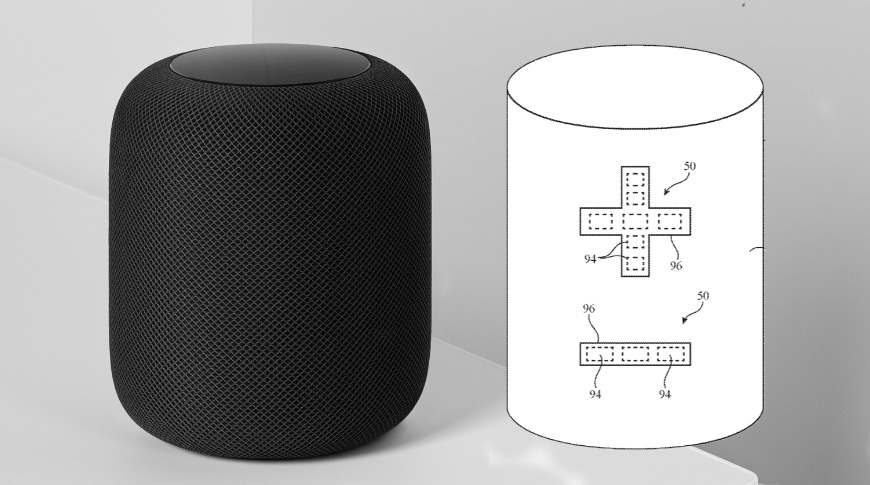
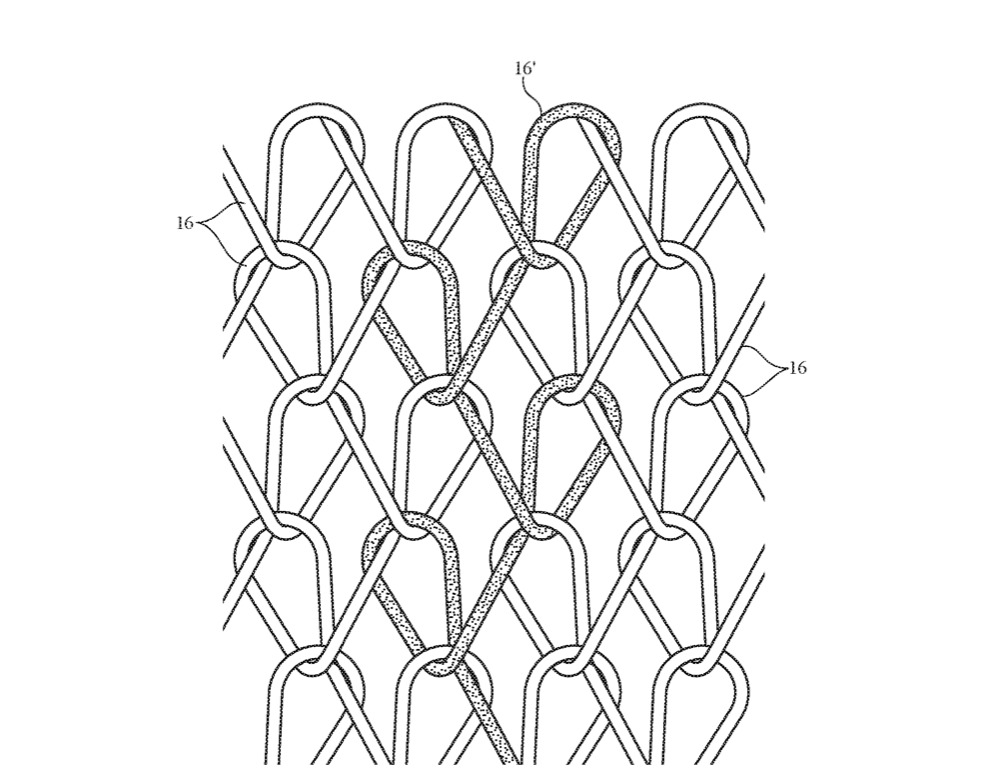
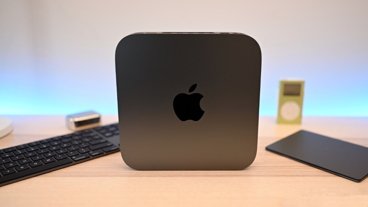
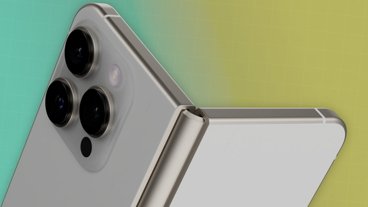
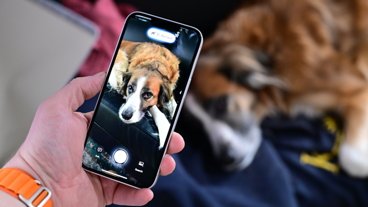
-xl-m.jpg)

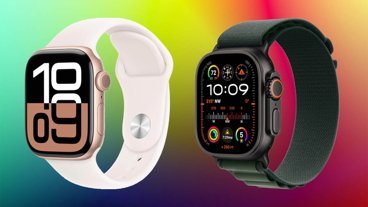

-m.jpg)





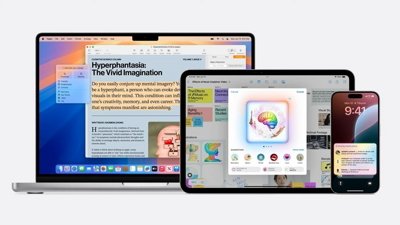
 Malcolm Owen
Malcolm Owen
 Chip Loder
Chip Loder
 Christine McKee
Christine McKee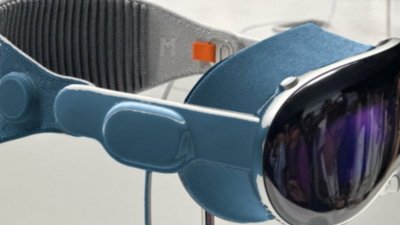
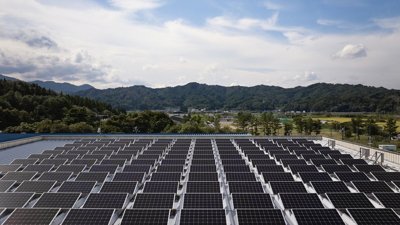
 Amber Neely
Amber Neely

 Andrew Orr
Andrew Orr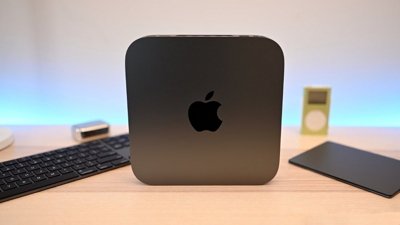
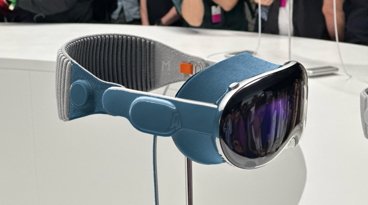
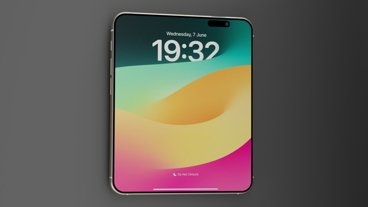
-m.jpg)






34 Comments
Future HPs should include more robust i/o for a wider reach imo. BT playback and 3.5mm aux jack should be a minimum.
This makes no sense to me:
More convenient how? If you're close enough to reach the side, aren't you close enough to reach the top? It's not like the HP is a dimensional behemoth. It's a small device that can be held in one hand. If the HP is on a high shelf, you're still reaching just as high to touch the side. At that point wouldn't a Siri command make more sense? Control center command from iPhone or iPad?
Haptic fabric would seem a kinda meh addition to the HP
I’m guessing this is more a UX flourish, stroke the HP fabric upwards to increase the volume, downloads to lower. Right and left for next previous track/station.
Instead of having to hit a button the entire surface becomes a 3 dimensional touchpad.
There's a lot more they need to add to the HP before touch fabric controls become a necessity. Also the fabric would get real grubby wherever the buttons were. I have a HP on a chest of drawers and its light is too high to be seen when sat down, it needs another indicator perhaps halfway down that can be seen from any height. The requirement to look at the light though is a side effect of never really being sure what device is going to answer to "Hey Siri". Sometimes it's my phone, sometimes it's my watch, sometimes it's the HomePod, sometimes it's someone else's phone. Sometimes it's two of those. All of this would be sorted if they changed the activation keyword to "hey iPhone" or "hey HomePod." I assume they don't because presumably they think you should have some kind of rapport with Siri, but since I usually get more reliable results speaking to my cats than I do Siri, I'm not sure it would make much impact to that.